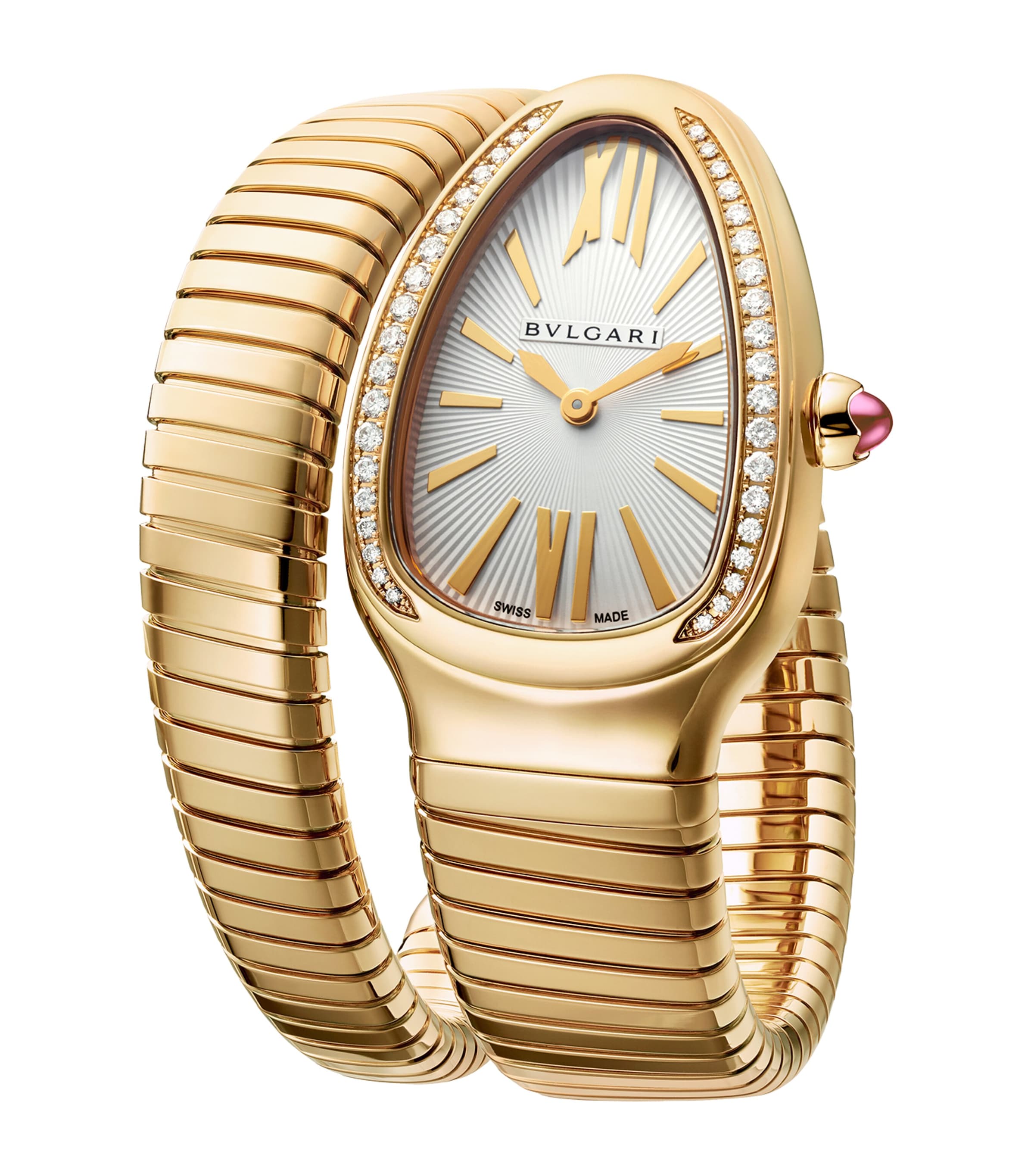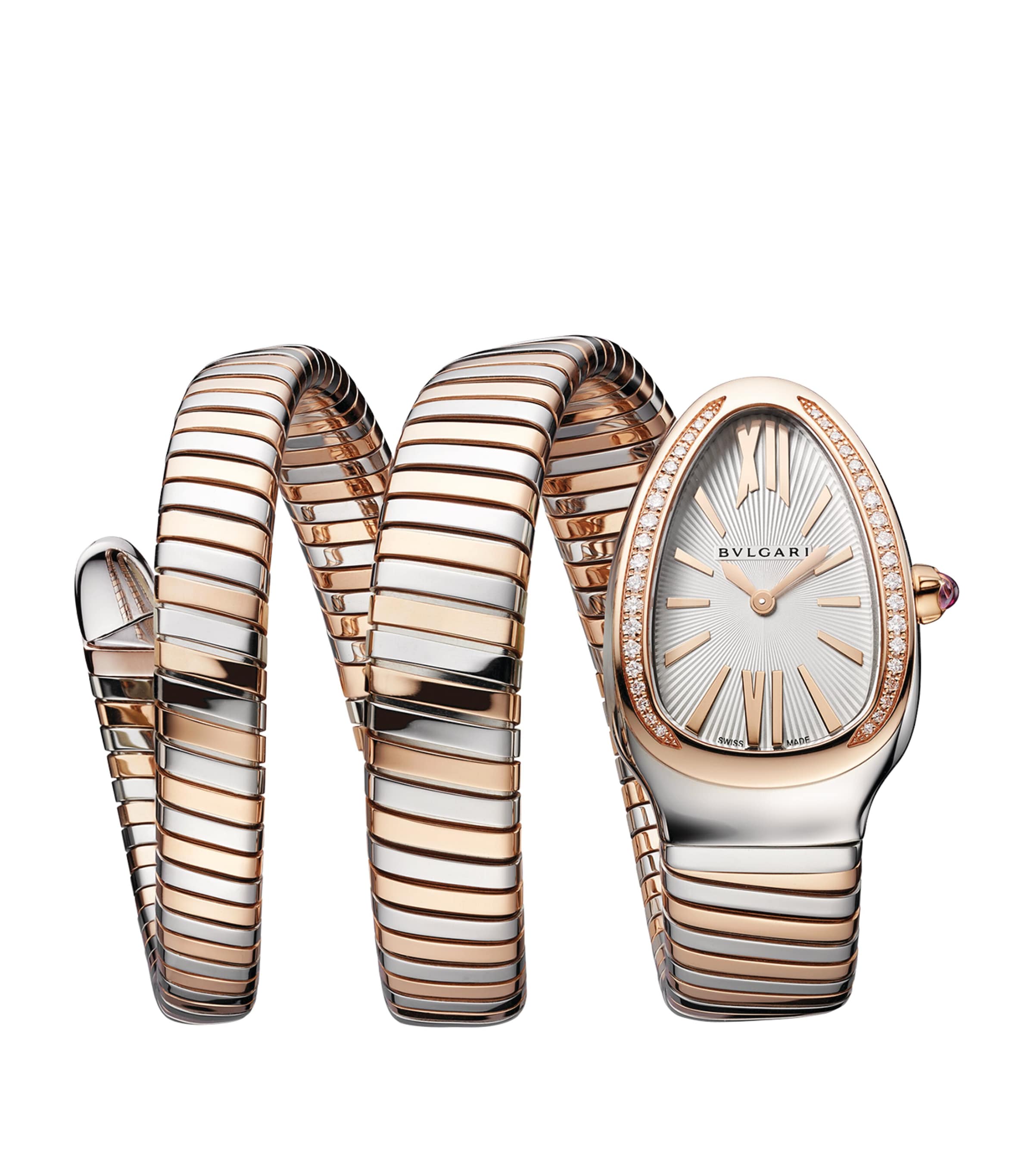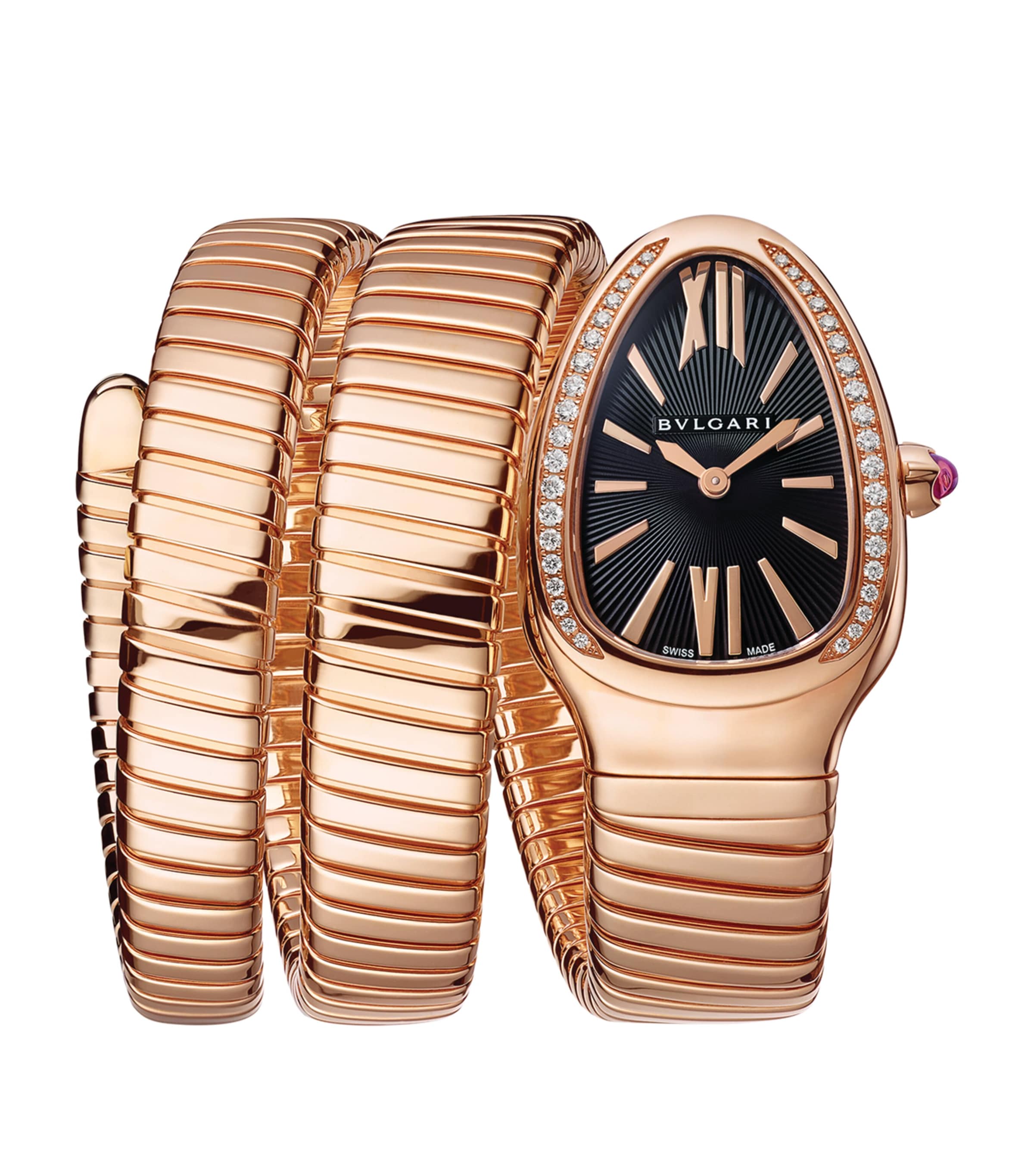The One: The enduring appeal of Bulgari's signature Serpenti Tubogas watch
We look back at over 75 years of history
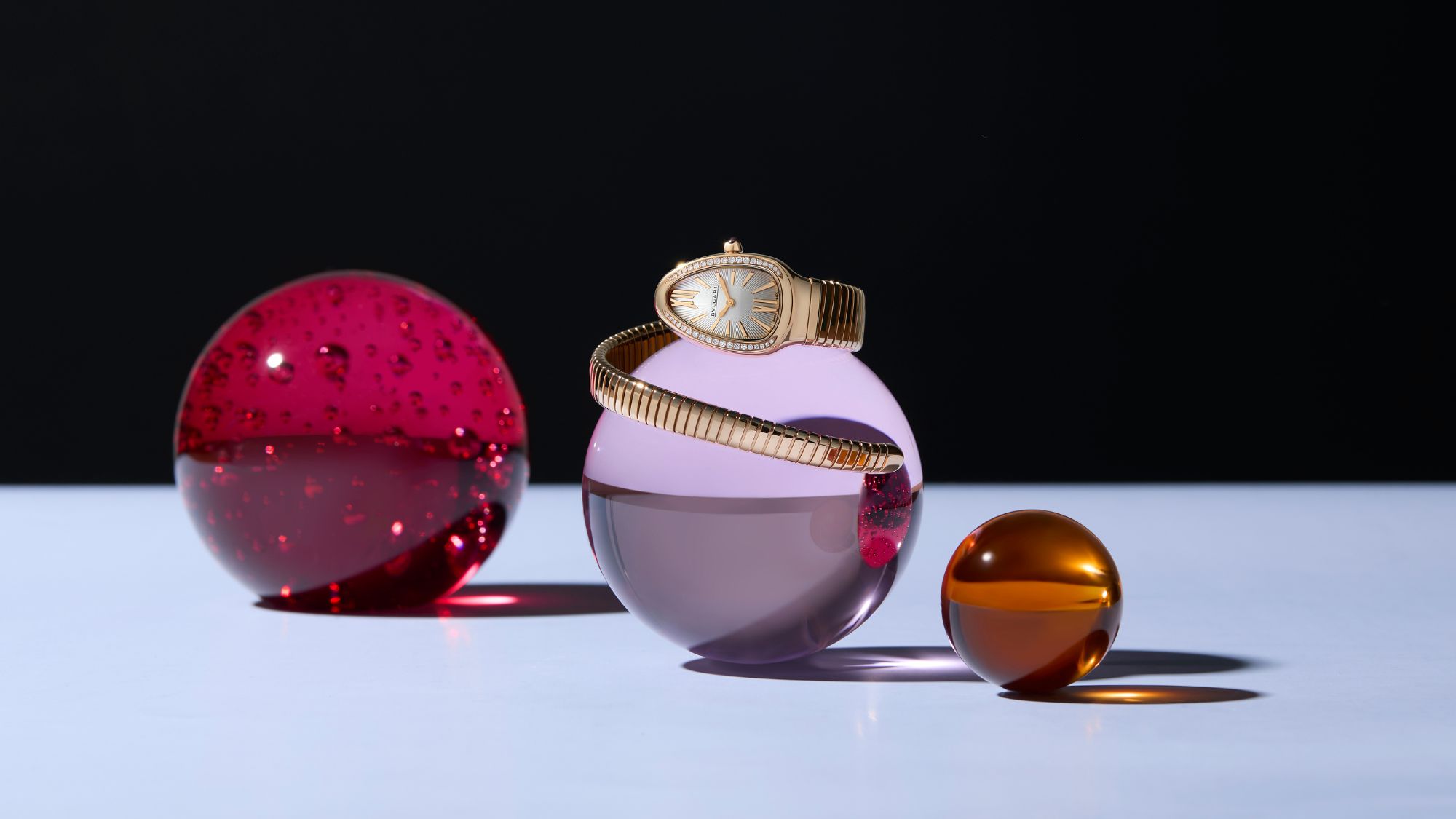
The snake-like Serpenti was Bulgari’s first icon of watchmaking, and it remains one of its most famous – and original – designs. Or as Fabrizio Buonamassa Stigliani, Bulgari’s executive director of watch design, says: “Serpenti is more than an icon; it’s a signature.”
The first Serpenti watch was released in 1948, and it was not just a bold style statement but a celebration of female independence. This was a watch women could easily put on without any assistance. It was a striking, empowering style statement for those brave enough to wear it.
One of those women was the actress and notorious jewel hound Elizabeth Taylor, whose passion for Bulgari became the stuff of legend. As one of her husbands Richard Burton once quipped: “The only word in Italian Elizabeth knows is Bulgari.”
Taylor acquired her first Serpenti watch when she was shooting the 1963 film Cleopatra. Although she didn’t wear the watch during filming, she was photographed wearing it on set for a publicity still, and the coiling gold and diamond watch chimed perfectly with the Egyptian theme of the film.
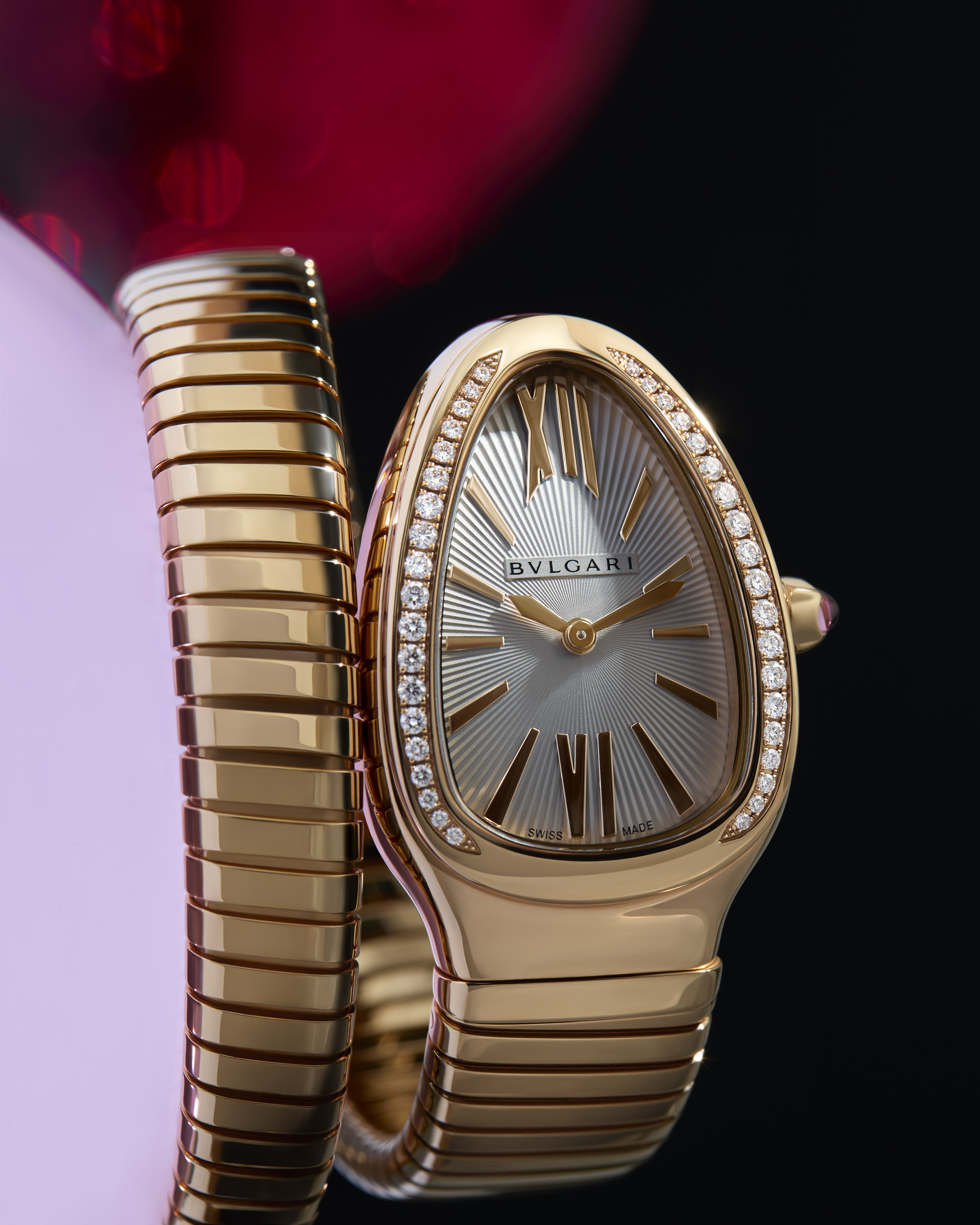
What makes the Serpenti so special is its supple gold strap, which wraps around the wrist. Some versions, such as this one, have a chic single coil. Others can have as many as six, winding up the arm. The drama of this design has made it a red-carpet favourite to this day.
The goldsmithing technique Bulgari uses to create the Serpenti strap is tubogas. It is made by wrapping long gold strips with raised edges around a copper or wooden coiled core. The gold strips interlock as they are wound, and so don’t require soldering to seal them together. Once the core dissolved using acid, what is left is a stretchy, flexible length of gold that can be easily coiled and uncoiled around the wrist.
Sometimes, Bulgari will mix metals to create a striped effect, or in this case use a continuous coil of 18-carat gold that leads to the iconic Serpenti watch dial that is softly shaped in homage to a snake’s head. This particular model has silver opaline dial, engraved with a sunburst effect known as guilloché soleil. The dial is looped with brilliant-cut diamonds, and there is a pink cabochon-cut rubellite on the crown – another hallmark of this Bulgari icon.
Celebrity news, beauty, fashion advice, and fascinating features, delivered straight to your inbox!
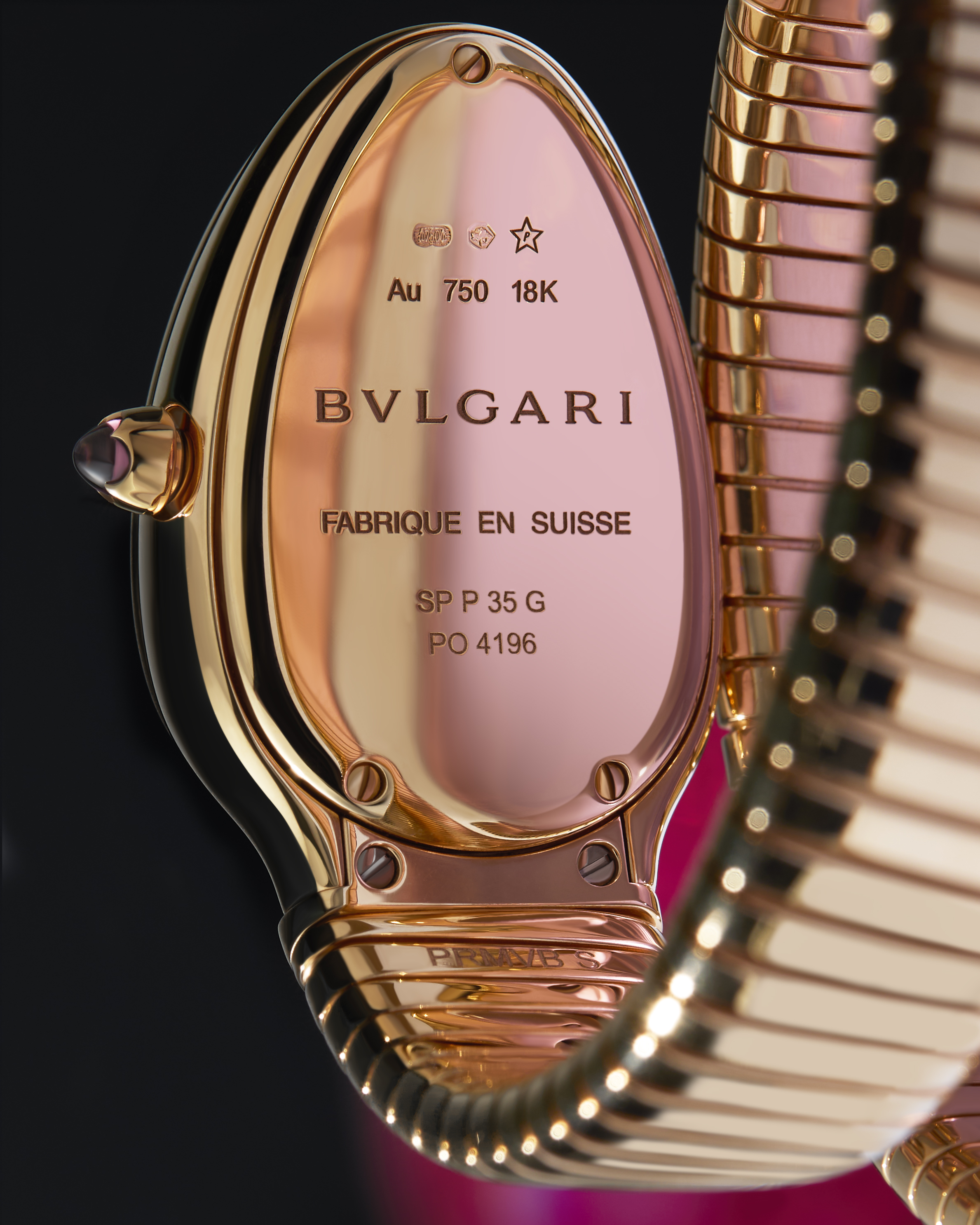
Serpenti watches have, just like their namesake reptile, shed their skin and evolved over the decades since Taylor stepped out in hers. By the 1950s and 1960s, Serpenti watches started to take on a new look. In addition to the more abstract tubogas designs it had already been producing, it introduced more lifelike designs with realistic-looking heads set with diamond eyes. Attention was paid to the body of the snake, with the introduction of gold scales, often decorated with diamonds, coloured gemstones or swathes of bright enamel. This was no longer the suggestion of a snake, but a seemingly live, writhing serpent coiling around the arm.
The watch dials were hidden within the snakes’ hinged heads; to tell the time, the mouth of the snake must be prized open. Some of these early models had forked tongues. To power these jewellery watches, Bulgari teamed with the leading movement manufacturers of the day, Jaeger-LeCoultre, Vacheron Constantin and Piaget. Some of these early models were co-signed by Bulgari and the movement maker; this ended in the 1970s when Bulgari started producing its own movements. Today, it has a dedicated watchmaking manufacture in Le Sentier, Switzerland.
Snakes were very much in fashion at that time. As the legendary Vogue editor Diana Vreeland, who owned a Bulgari Serpenti watch, told her staff in a 1968 memo: “[The serpent] should be on every finger and all wrists… we cannot see enough of them.”
The 1970s led to the revival of the tubogas style of Serpenti, reflecting an increasingly casual sartorial mood. During this decade, Bulgari stopped making the scaled designs, although later revived them in 2021 as part of its high jewellery offer.
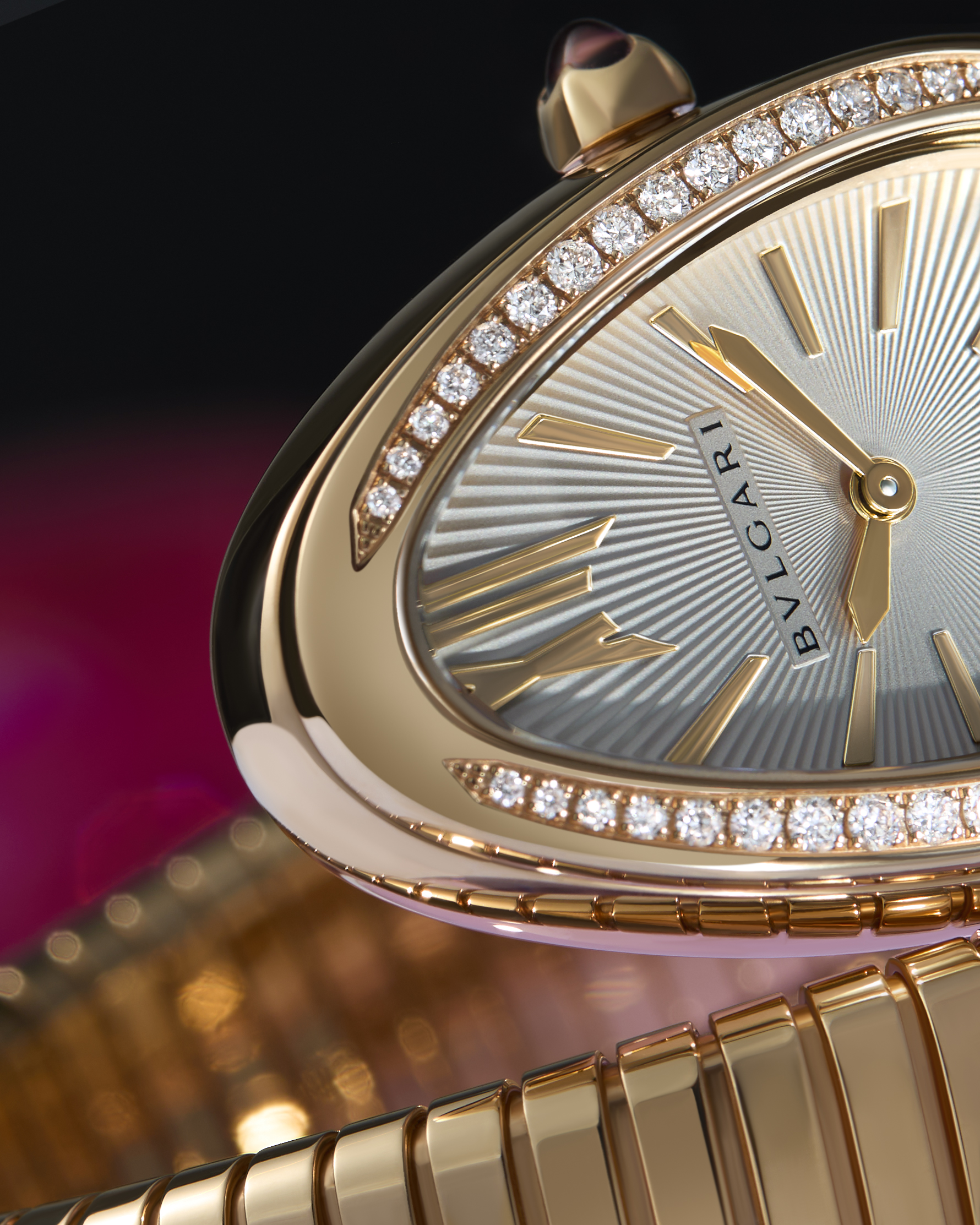
It was also in the 1970s that Bulgari introduced two-tone Serpenti watches, using gold and steel strips to create the wrapped design. Due to production complexities relating to the metals’ differing melting points, those early bi-metal models cost more than the pure gold versions.
The Serpenti has continued to shapeshift over the years. In the 1980s, the tubogas wrap strap was introduced to the Bvlgari Bvlgari collection, and then in 2009, to mark the brand’s 125th anniversary, a geometric line of watches with angular heads and scales arrived. In 2016, Serpenti Incanti was a new twist on the motif, with a cross-over design, while 2017’s Serpenti Twist offered a more casual and accessible version that replaced a gold bracelet with wraparound leather straps in bold colours.
In 2023, Bulgari introduced a new innovation in tubogas with Serpenti Inifinty. For the first time, the jeweller was able to set diamonds into the stretchy gold straps. However, to do so its craftspeople had to move away from using long, continuous strips of metal. Instead, it created individual gold rings that could be set with diamonds. These are then assembled on to a flexible titanium blade. The designs still carry the signature Serpenti look, but without the traditional tubogas.
The majority of contemporary Serpenti watches, including this model, are powered by quartz movements that require a battery, however the style could be shifting towards automatic movements that are powered by the motion of the wrist. During LVMH Watch Week 2025, Bulgari revealed a new in-house self-winding automatic movement, the Bvlgari BVS100 Lady Solotempo, which has been shaped by its watchmakers to fit inside the snake-shaped watch head. The movement, which took three years to develop, offers increased precision and more horological clout for serious watch collectors.
It is a natural progression for a watch that has held our fascination for more than 75 years. Snakes, after all, are symbols of rebirth and renewal, and it is likely that Bulgari will never stop reinventing the much-loved Serpenti.
Shop the Bulgari Serpenti Watch
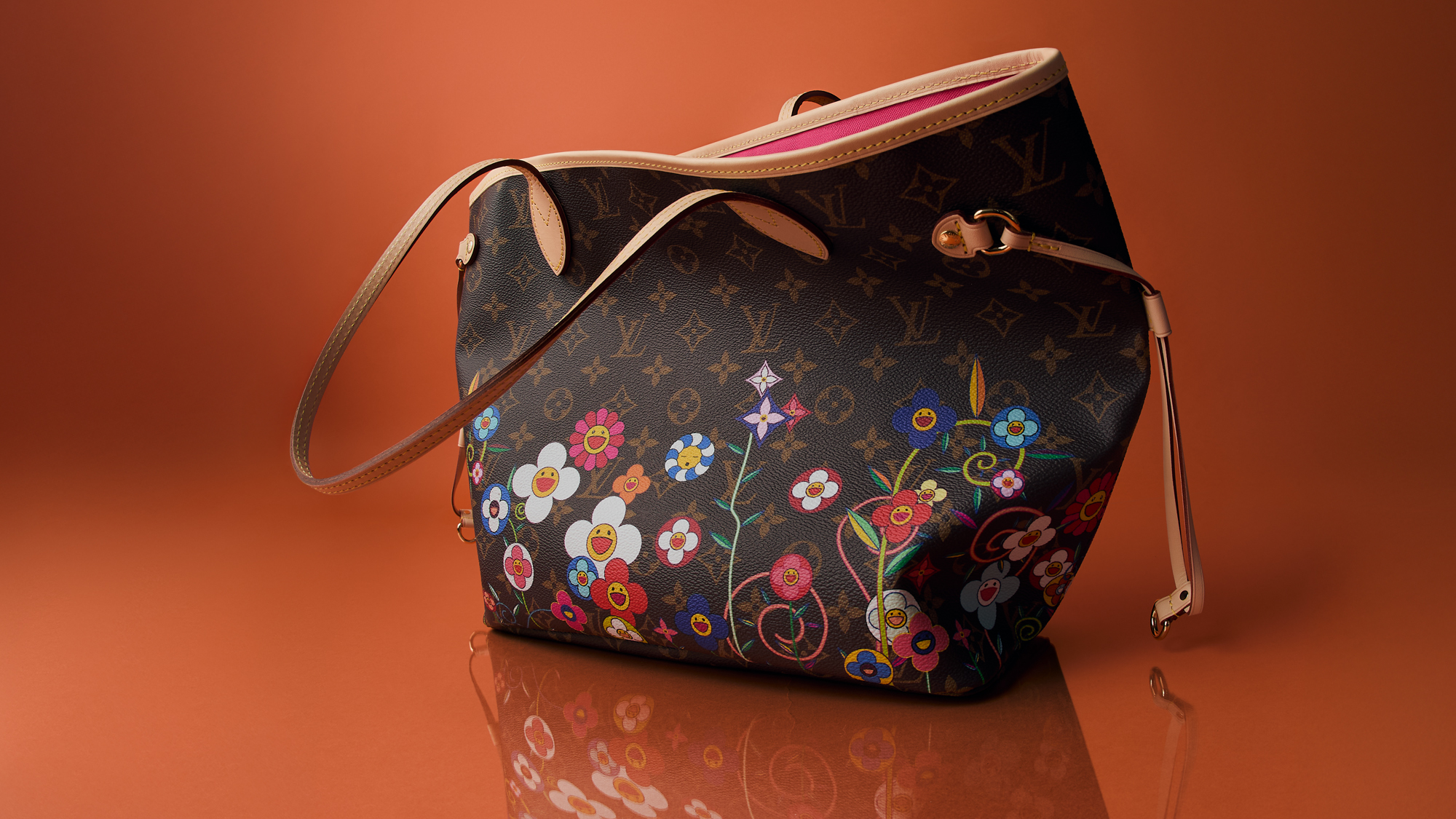
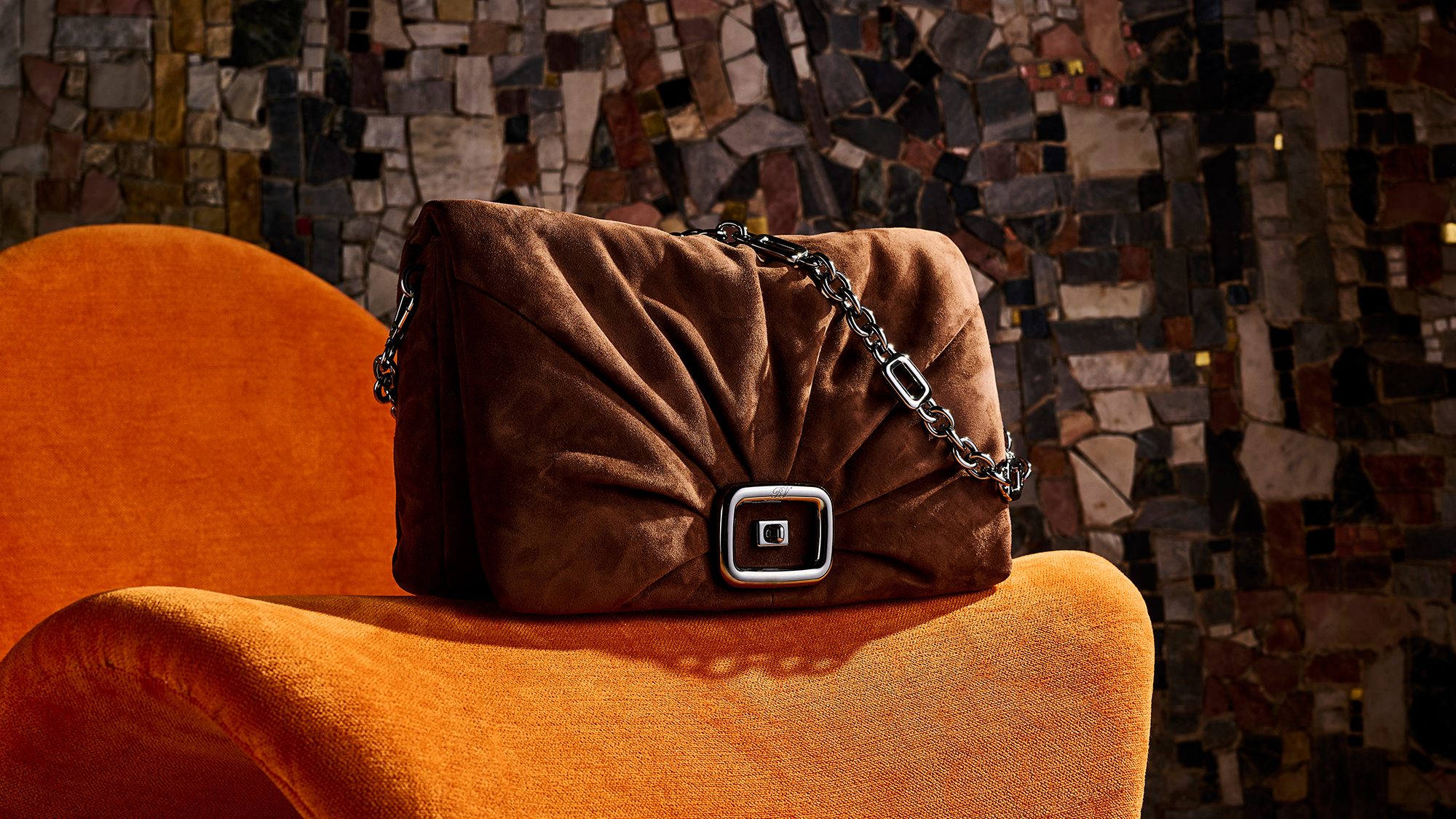
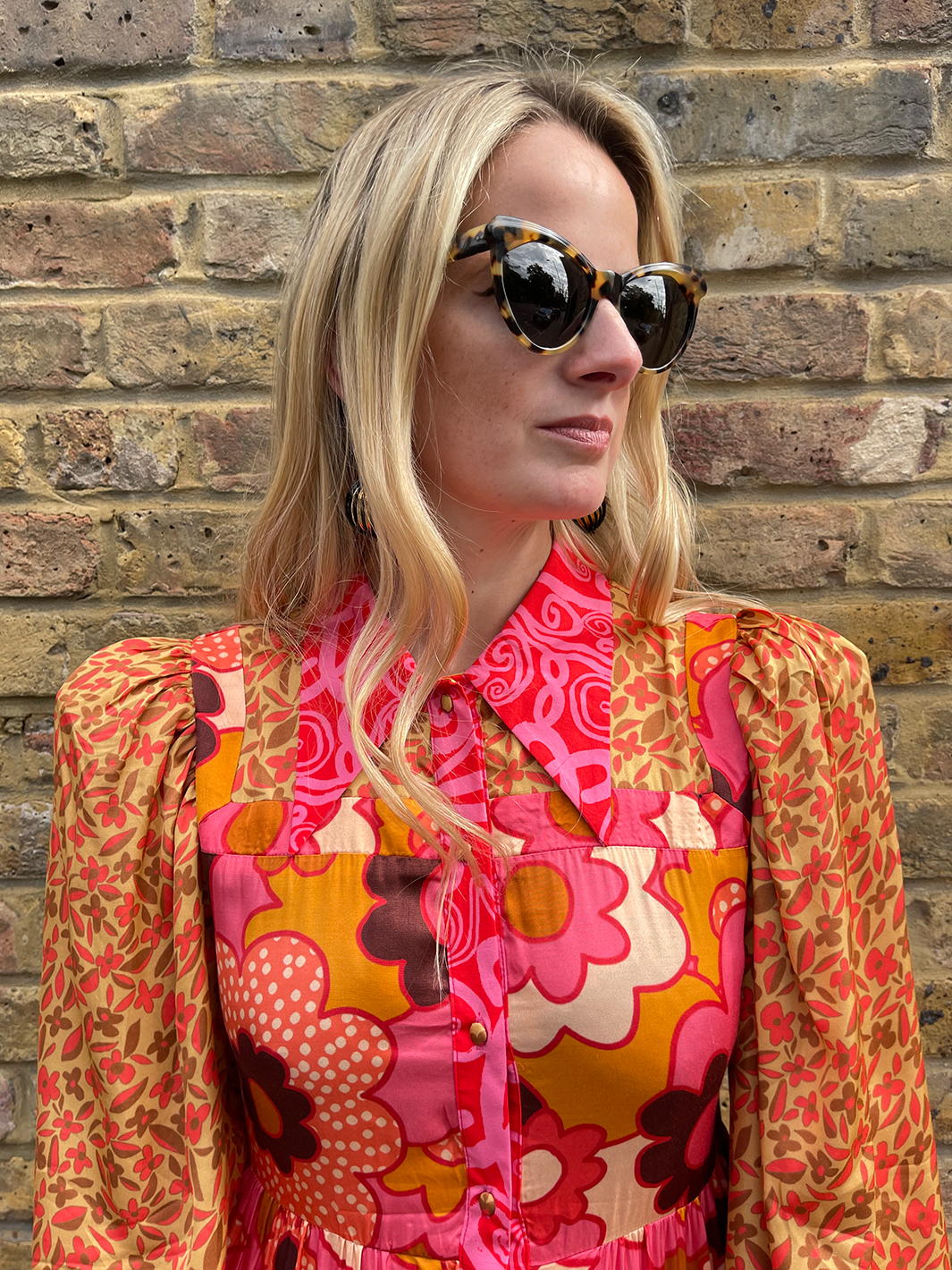
Lily Russo-Bah joined Marie Claire UK as Fashion Director in March 2024. With over 16 years of experience in fashion editorial and e-commerce across print and digital, she has delivered industry-leading editorial content, creative direction, and social strategy.
Lily is responsible for shaping and executing the magazine’s new luxury fashion repositioning and content strategy. She styles main fashion shoots, interviews leading women in fashion for the Women Who Win franchise, and commissions top industry creatives. Lily has a unique ability to filter through the noise and lead the conversation. Her flair for trend spotting and distinctive editorial vision mean Marie Claire UK readers are always one step ahead of the game.
She is a passionate supporter of female empowerment, diversity and sustainability - all core Marie Claire UK values - and in her new role she is thrilled to be able to support female founders, to highlight the diverse talent in the fashion industry and to give a platform to brands making a positive social impact in the world.


